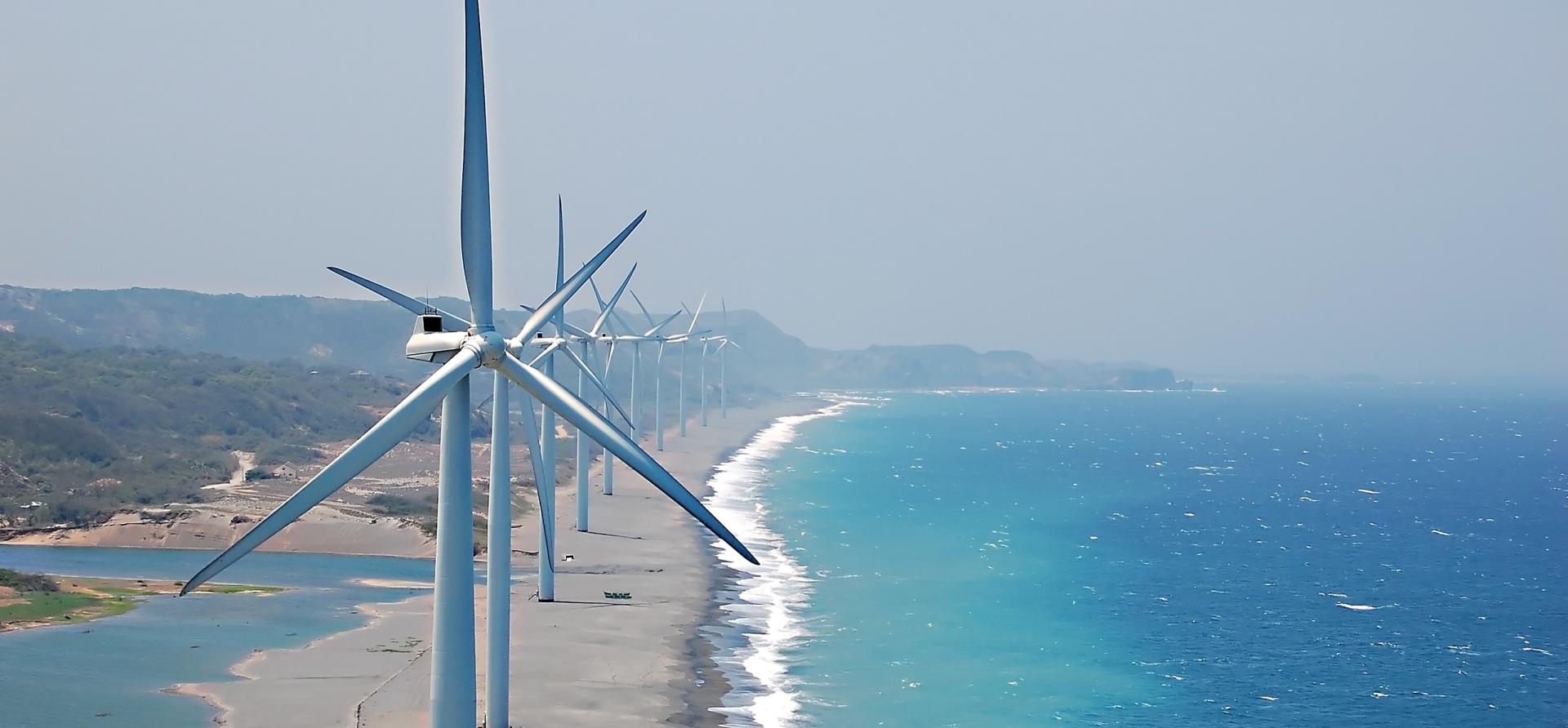Business model innovations drive the Philippines' energy transition
Download Full Report
View Press Release

Key Findings
A standout feature of the acceleration of renewable energy adoption in the Philippines is the emergence of listed companies that are at the center of this growth.
Investors put a demonstrably higher value on firms that have a greater share of renewables in their business.
The Philippine renewables companies are introducing interesting innovations that can further unlock finance for investments into clean energy, such as the use of real estate investment trust (REIT) structures, a privately financed coal plant phaseout, and scale via regional expansion.
The national Green Energy Auction Program marks the government’s ambition to raise renewables capacity.
Executive Summary
The Philippines’ renewable energy sector has seen enhanced interest and notable growth in the past two years. New and incumbent players with track records in infrastructure and utilities have begun to accelerate investments in renewable energy. The sector is dominated by local private-sector players, many of whom are listed on the stock exchange.
Against this backdrop, a study of the various strategies and business models is instructive to see how companies are handling different aspects of the energy transition. While the sector has its laggards, some of the leading companies have demonstrated impressive innovativeness as part of their strategy to build out renewables.
This report will show that investors are willing to place a higher value on pure plays in renewables than on traditional utilities. The emergence of stock exchange-listed renewables developers and operators, including ACEN Corporation, Citicore Energy REIT Corp., and Solar Philippines, has been a standout feature in the country over the past few years. Most Southeast Asian nations lack such listed renewables pure plays.
Valuation premiums for pure play renewables companies – as seen in their higher price-to-book (P/B) ratios, stronger market valuation of installed capacity, and stock performance over the past five years – suggest this focus on renewables as a concentrated strategy has paid off.
Attracting financial and investor interest is also evidently easier for renewables-focused companies, particularly those that are able to execute their plans. This may explain the valuations for ACEN, which has taken the most initiatives to develop renewables and to grow in both size and geographic presence.
Funds for growth can be raised by using innovative structures such as moving renewable assets into business trusts and real estate investment trusts (REITs) to attract investors looking for steady returns. These instruments allow for faster and more efficient recycling of capital while opening up the sector to new types of investors who may be more risk averse.
Examples of successful renewables investments and other innovative mechanisms, such as REITs and privately financed coal phaseouts and retirements, can guide regional fossil-dependent utilities to invest aggressively in renewables to stay relevant and capitalize on opportunities offered by the energy transition. On the other hand, laggards, who stick with fossil fuel assets as their main line of business, will likely continue to see ebbing interest among investors and financial markets unless they can change and adopt some of the more successful strategies.
This report highlights some examples of both dynamic as well as more hesitant renewables developers, explores the strategies of leading Filipino renewable energy companies, and provides a few takeaways from their business models.















